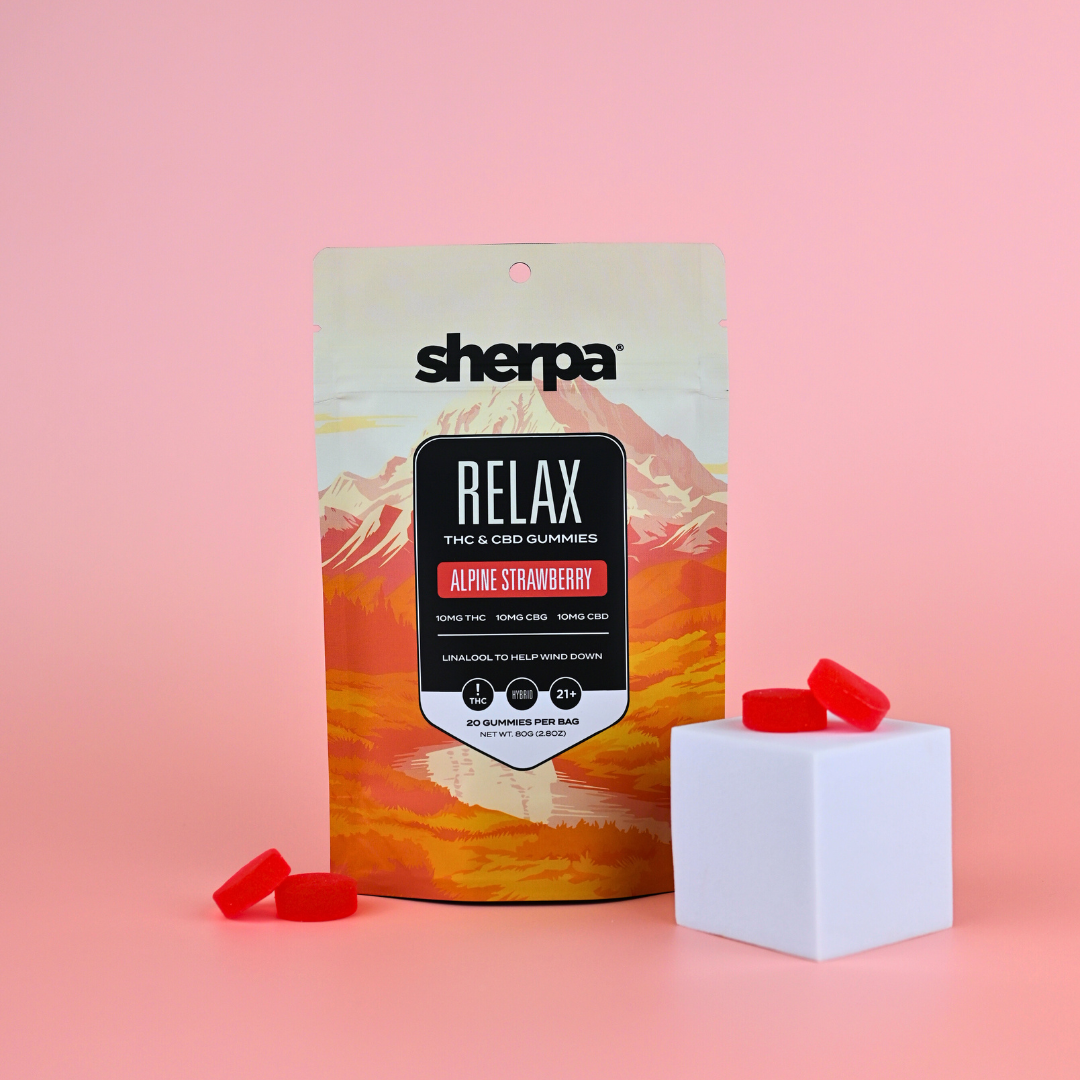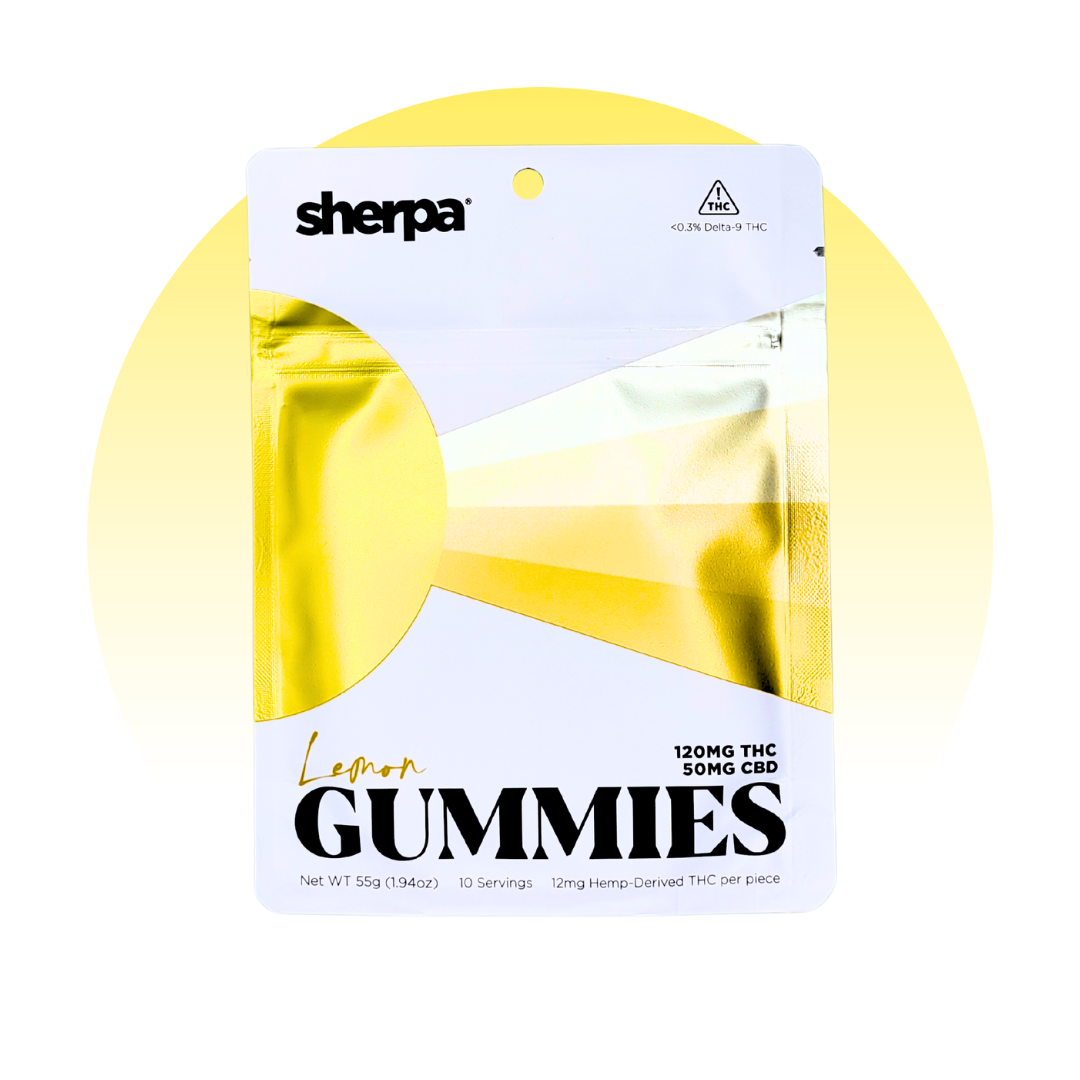
Our Blog
Cultivating Pride: The Evolution of Pride Month in America
Cultivating Pride: The Evolution of Pride Month in America
ERIK MCGREGOR/LIGHTROCKET VIA GETTY IMAGES, Sourced from History.com.
Pride Month, celebrated annually in June across the USA, is a time when people and establishments come together to commemorate LGBTQIA+ identities. Throughout the month, you'll see rainbow decorations, gender symbols paired together, and various pride flags proudly displayed. What began as a local day of celebration in New York has evolved into a month-long observance embraced throughout North America.
Remembering Stonewall
Picture it: It's a warm, breezy Sunday late morning, 78.1 degrees under clear skies, as you stroll down the sidewalks, feeling the anticipation in the air. You're headed to join the march commemorating the one-year anniversary of police brutality against the LGBT community, known as Christopher Street Liberation Day.

Mother Boats C.P. (Brian Traynor):Untitled [Vaseline]June 1970
From the series Los Angeles Pride Parade,Silver gelatin print
© Mother Boats C.P. (Brian Traynor) and the Australian Queer Archives.
Shoulder to shoulder with others, banner in hand, you start from Sheridan Square, moving towards Sheep Meadow in Central Park. Voices raised in unison, chanting:
"SAY IT LOUD, GAY AND PROUD!
2, 4, 6, 8, GAY IS JUST AS GOOD AS STRAIGHT!
WE’RE HERE, WE’RE QUEER, GET USED TO IT!"
These specific chants can be heard in the footage from the Christopher Street Liberation March, watch here on the Library of Congress website.
Powerful words echo through the streets as the LGBT community and allies passionately march the 51 blocks. It's a demand for recognition and respect, a tribute to the one year anniversary of the Stonewall uprising where LGBT individuals bravely stood up against oppression.
Riot, Uprising, Rebellion

Participants of the Stonewall uprising in front of the bar, June 29,1969. Gift of the estate of Fred W. McDarrah, source NYC LGBT Historic Sites Project website.
The Stonewall uprising, also known as the Stonewall riots, centered around the Stonewall Inn, an LGBT-friendly bar in lower Manhattan, New York City. Now glamorized, was once a known as a dirty old cheap mafia owned dive bar, known for serving watered down drinks, hosting crossdressers, transgenders, gays and queers a like. The details of that night are somewhat unclear, with varying accounts of what was thrown and by whom tipping point of the riot.
One story suggests that a drag queen, mourning Judy Garland's recent death, possibly threw a brick at a police officer, sparking the riot. However, this myth has been criticized for downplaying the community's struggles to the dearth of a celebrity. Another version claims Marsha P. Johnson threw a shot glass, dubbed "the shot glass heard around the world," while Sylvia Rivera allegedly threw the first molotov cocktail. Over time, participants have disputed these stories in interviews and writings. One of the more credible accounts comes from multiple eyewitnesses and four independent recordings of a gender nonconforming individual:
"She was very butch, and she was very tough, and the police were being really rough with her, but she fought back,"
recalled Robert Bryan, participant at Stonewall, in the YouTube documentary The Stonewall You Know Is a Myth. And That's O.K|NYT Celebrating Pride. Produced by Shane O'Neil-
"What are you doing?
Why are you just standing there?
Why don’t you do something?"

Police force people back outside the Stonewall Inn as tensions escalate the morning of June 28, 1969. Photographer: Joseph Ambrosini of the New York Daily News.
But is all of this true? Where did the brick come from, and why was the Stonewall Inn chosen despite its rundown state? Historians also confirm that the LGBT rights struggle began long before 1969, with significant movements nearly a century ago. The Scientific-Humanitarian Committee, founded in Berlin, the world's first gay and lesbian organization in the world. Established by Magnus Hirschfeld, a Jewish doctor, his goals: freedom from persecution by the state and religious oppression, the fight for emancipation and social recognition, according to Visit Berlin.
Despite the details of what transpired that night or who was involved, Stonewall remains a pivotal moment in history, igniting the gay liberation movement. Like the uncertainty surrounding the events, various factors, including cannabis and LGBTQIA+ activists, played roles in the chaos and its aftermath. After Stonewall and the inaugural Pride celebration in June 1970, the Controlled Substances Act of that year criminalized cannabis. As the LGBTQIA+ community gained strength, formed alliances, and fought for equality, new obstacles emerged.
The Crossroads

Photo Source: Commcan.com Pride & Pot
A decade later, a devastating epidemic emerged, intensifying rejection of the gay community. In 1976, the first legal medical cannabis patient, Robert Randall , gained access post-prohibition, marking it as a compassionate treatment. Initially affecting gay men, the HIV/AIDS crisis led to abandonment by medical and political bodies. In response, the community mobilized, establishing cannabis care networks, distributing edibles, and creating underground markets. Dennis Peron, known as "the godfather of medical marijuana," pioneered these efforts, founding San Francisco's first public dispensary and co-authoring Proposition 215. Brownie Mary, another activist, gained fame for baking cannabis brownies for HIV/AIDS patients, shaping cannabis advocacy within the California Democratic Party through Brownie Mary Democrats.

Photo Source:City Pulse
Who would win in a blind study: Sherpa Brownies or Marry Jane Rathbun's brownies?

Source:Exploresherpa.com
Inspired by Rathburn's work, Michael Koehn and David Goldman advocate through the Brownie Mary Democratic Club and the Medical Cannabis Task Force. Paul Scott founded the Los Angeles Black Gay Pride Association and Inglewood's first medical cannabis dispensary. Other honored advocates include Jack Herer, Ed Rosenthal, and Michka Seelinger-Chatelain, with strains named after them. Recent figures like La Ganja Estranja and the Queer Cannabis Club at Aspen Gay Ski Week continue pushing the LGBTQIA+ movement forward, intertwining both communities.
Thanks to the LGBTQIA+ community's incredible efforts over 55 years, we've seen progress from medical cannabis to federally legal hemp products like Sherpa.






